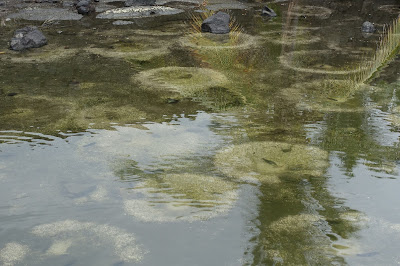52 Places to Go: Week 19
 |
Mount Rushmore, South Dakota
|
Ever since my childhood babysitter returned with tales of working
at
Mount Rushmore one summer, I’ve had a fascination with this iconic National
Memorial.
Chances are you won’t have a
business trip to the area or have it be “on the way” to another destination
given its western-central South Dakota location so it takes some proactive
planning to make a visit happen.
We had
to go out of our way to make the visit during our recent pandemic, cross
country road trip as we drove from Connecticut to Utah, where we spent our 2021
winter months.
We arrived on a cold, late December day, which was favorable
for avoiding crowds. But it also meant
there was off season construction and the Presidential Trail that goes part way
up the mountain for a closer view was closed due to ice and snow. Nevertheless, the granite sculpture did not
disappoint, and the Visitor Center provided a fascinating overview of the
history and process that produced the remarkable feat, completed on
October 31, 1941.
The narrative leading up to its debut goes back seventy-four years, when John Gutzon del la Mothe Borglum is born and then goes on to study
art in Paris and New York. In 1885, a
New York attorney, Charles Rushmore, goes to the Black Hills (South Dakota won’t
be a state until 1889) to inspect mining claims. According to Travel South Dakota, the story
goes that when Charles asks his guide what the mountain is called, he replies,
“It’s never had one…till now…we’ll call the damn thing Rushmore.”
Flash forward 34 years and now South Dakota is old enough to
have an historian, Doane Robinson. He approaches Gutzon Borglum, now a well-known
sculptor who has been working on Stone Mountain in Georgia, about carving Old
West heroes in the Needles, which are granite formations not far from
Rushmore. Borglum, however, has a
different vision. He chooses Mount
Rushmore for its size, morning and midday light, and fine-grained granite. And he proposes the subjects be U.S.
presidents to gain federal funding and support.
Borglum abandons his work on Stone Mountain to focus on Mount Rushmore,
leaving Sculptor Henry Augustus Lukeman to finish Stone Mountain.
The presidents are chosen for the Memorial based on their
significant contribution to the founding, expansion, preservation, and
unification of the country. George
Washington, of course, because he was the nation’s founding father. Thomas Jefferson not only authored the
Declaration of Independence, but he also signed the Louisiana purchase that
doubled the size the country, ultimately creating South Dakota and 14 other
current states. Borglum greatly admired
Theodore Roosevelt, who helped to link the Atlantic and Pacific oceans with his
negotiations of the Panama Canal and who championed conservation legislation
that set aside millions of acres of public land. Borglum admired Lincoln so much for issuing
the Emancipation Proclamation to end slavery and his dedication to end the
Civil War and restore the Union, that he named his son and after him.
While Gutzon Borglum lives to see most of his ultimate
life’s accomplishment finished, he sadly dies about 8 months before its
completion. His son James Lincoln, also
a sculptor as well as an engineer involved in the project, oversees its
completion and dedication. Granite
erodes at roughly 1 inch every 10,000 years which means the Presidents’ noses
should last another 2.5 million years and the basic shape of their heads for up
to 7 million years. That is quite a
legacy for these sculptors, their workers and the funders and supporters for
this inspirational project.
Sources:
National Park Service, Travel
South Dakota: 75 Surprising Facts About Mount Rushmore
All text and photos copyright Caroline Arnold at The Intrepid Tourist























